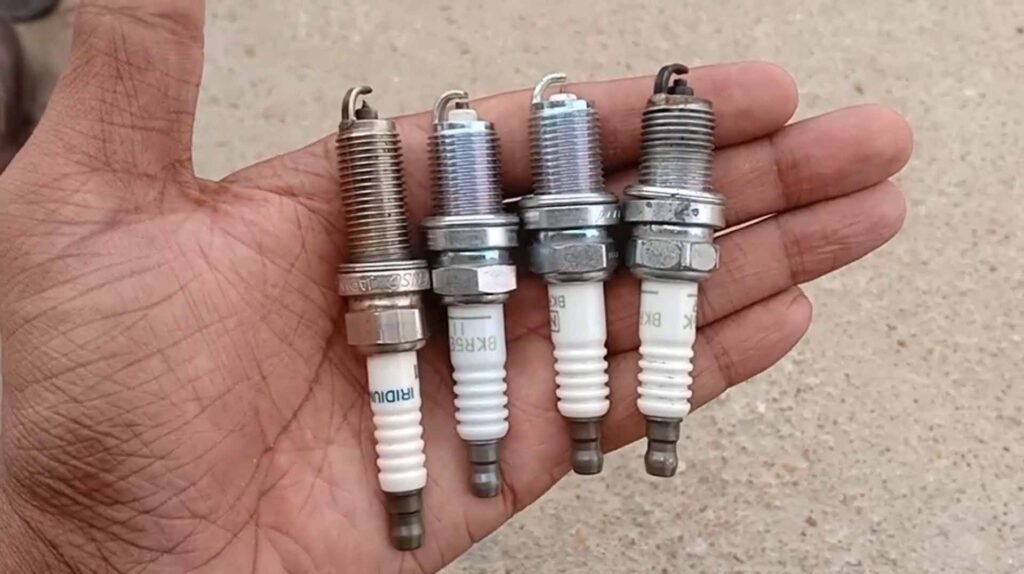
Check engine blinking light indicates some serious issue in your car and needs to have immediate attention to solve. There could be several reasons for that. If you are driving the car and the check engine light starts blinking then the first step you should take is to take the car over to the side of the road and turn off the engine. Call your mechanic discuss the issue in detail and ask for the next action.
5 Reasons for a blinking check engine light
In this article, we will discuss some common reasons for blinking check engine light and its solutions
1. Engine Misfire

The most common reason for a blinking check engine light is an Engine misfire, which indicates that one or more cylinders of the engine are not working properly. In order to work smoothly engine needs the required power from each of the engine’s cylinders and if it does not get that accurately then it can cause the engine to miss fire.
Solution
In most cases, there could be some electrical issue that can be fixed quickly but can take time to get the exact fault location. some of them will be discussed below.
2. Temporary loose wiring
If you own an old car then there is a possibility of loose or partially damaged wiring. Unfortunately, it is the most difficult thing to detect the exact faulty wire, but the good thing is if you find the exact faulty wire location or loose wire grip then you can quickly fix it on your own with minimum tools.
Solution
Visually inspect the car wiring and observe if you can see any damaged wire. If you find any partially broken wire you can repair it yourself. Make sure you are following the safety measures that is wear safety gloves and the car ignition switch must be turned off.
If you do not find any broken wire then you can just simply shake the car’s visible wiring and slightly push the all wiring grips then check if the issue gets resolved. This process is not recommended for a person with less car electrical knowledge.
3. Faulty sensor

If you have a car diagnostic tool for your vehicle then you can quickly check if there is any faulty sensor causing the issue. For this purpose simply attach the scanner to your car, and detect if there is any error code present. If you do not have a diagnostic tool then take your car to the mechanic to check for any error codes.
Solution
If any error code is found then check the details for this code for example code P0335 indicates that the Crankshaft Position Sensor can have some issues and needs replacement. Do not try to replace the sensor by yourself if you have limited knowledge and tolls. Some of the sensors can be replaced easily but some need special tools and techniques to replace.
4. Ignition system problem

Another reason for flashing the check engine light could be an ignition system problem. These types of issues are not detected by the scanner for old cars. You need to check the spark plug, plug wires, ignition coil, or anything related to the car ignition system
Solution
Once you find the exact fault just replace that ignition system part. Do not attempt to repair these types of electrical parts.
5. Engine internal problems
Although there is less probability of internal engine damage, it can still be possible. Internal engine problems include faulty cylinders, damaged valves, pistons, camshafts, or any other internal mechanical part that can cause the engine to misfire and lead the check engine light to flash.
Solution
Unfortunately, if there is any internal engine mechanical part failure then you can not resolve it quickly by yourself. The solution for this requires special tools and treatment. You need to take your car to the mechanic for further investigation and action.
Conclusion
The flashing check engine light should never be ignored. In this situation. you should immediately take action according to the circumstances or call for the mechanic to help.
